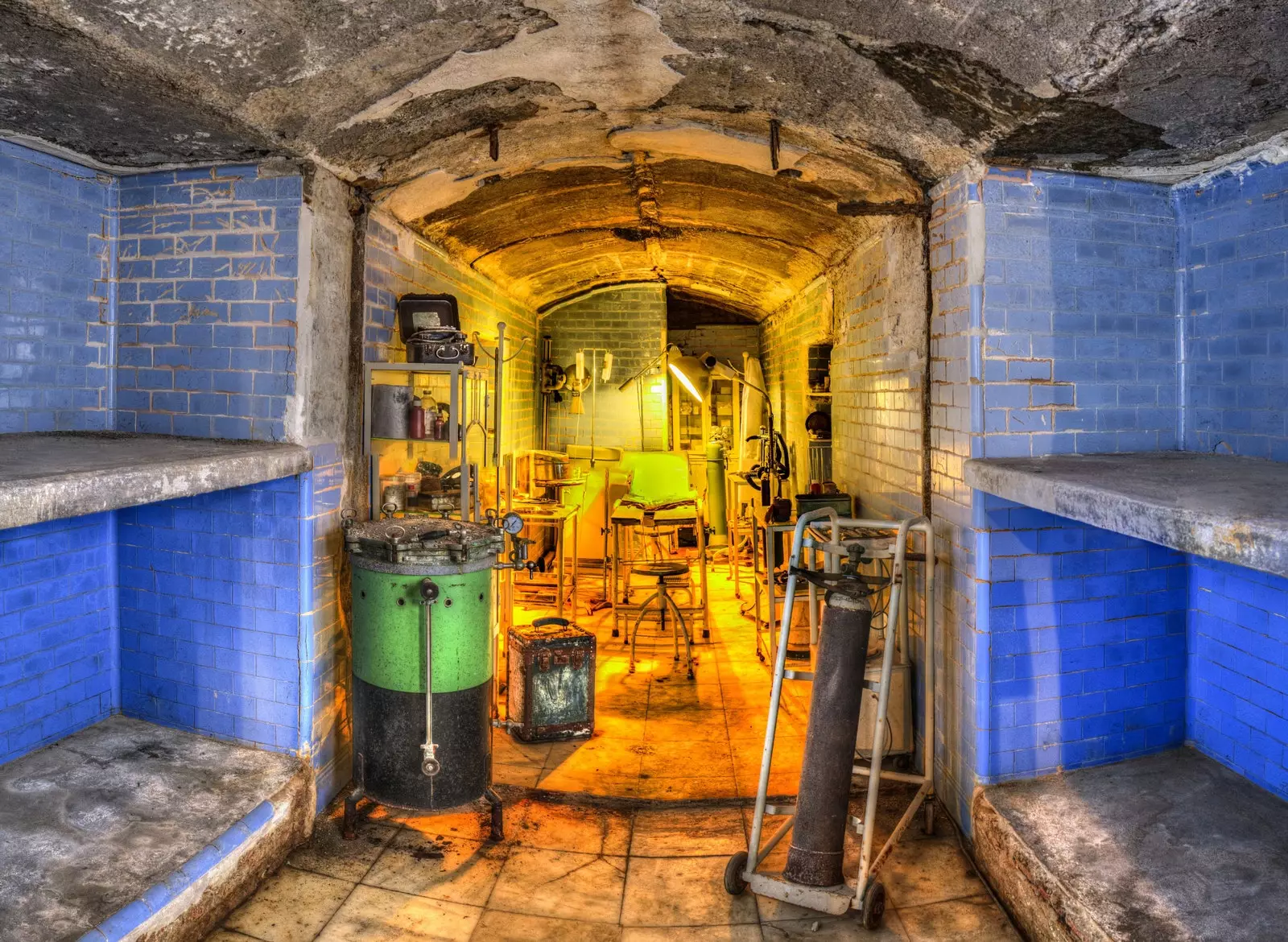
Operating room in one of the Shelters of the Civil War, in Almería.
The tunnels located underground that during the Spanish Civil War served as protection and shelter for the almost 50,000 inhabitants of the city of Almería, today, they can boast of being the largest air-raid shelters not only in our country, but in all of Europe that are open to the public.
Were built between early 1937 and spring 1938 by municipal architect Guillermo Langle Rubio Given the need for the city, which had become an easy target for the enemy, to be able to withstand the bombing that was so frequent during the most devastating years of the war.
Due to the passage of time, which makes us fall into oblivion, many Almerian people (and let's not talk about the tourists who come from outside its borders) are unaware that under your feet is this impressive architectural work with more than four kilometers in length that so many lives saved at the time. That is why it is vitally important to give the recognition it deserves to this underground engineering project that has managed to remain standing almost a century after its construction.
because we already know that Almería (especially its surroundings) has places as spectacular as the Cabo de Gata-Níjar Natural Park or its delicious gastronomy to eat the city bite by bite (it should be remembered that it was the Spanish Capital of Gastronomy in 2019), but Almería is much more. And these shelters are clear proof of that.
Therefore, local or traveler, do not hesitate to go to Plaza Manuel Pérez García and go down between eight and ten meters deep, to witness the past that comes in the form of our present. **A cultural relic **worth protecting and, of course, visiting. Did we discover it?
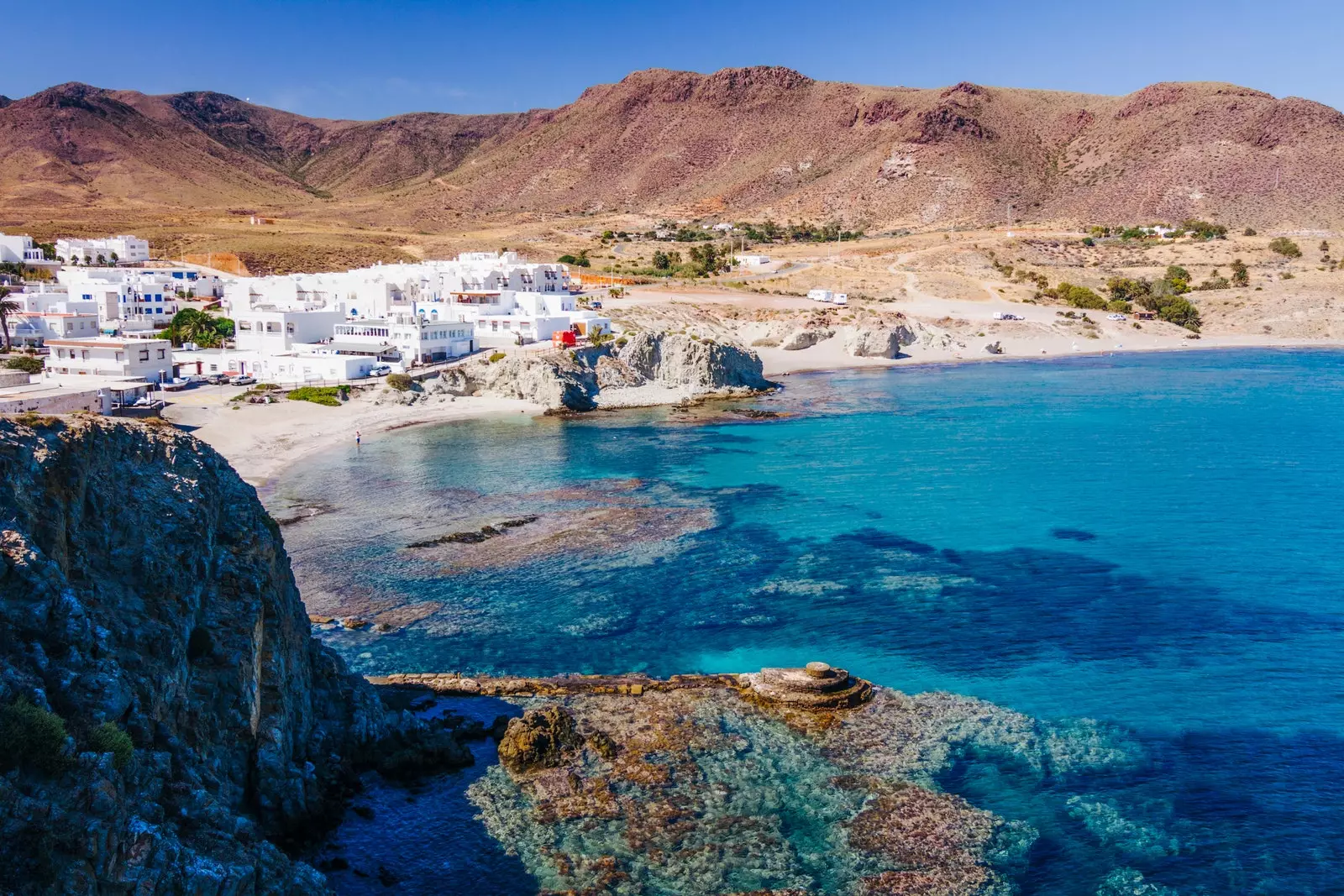
Isleta del Moro, in the Cabo de Gata-Níjar Natural Park (Almería).
THE UNDERGROUND CITY CREATED BY AND FOR THE PEOPLE
“From 1936 to 1939, Almería did not experience, like other cities, the direct impact of the war, but it did he suffered the hardships of the rearguard, the march of his younger men to the battlefronts and the terrible effects of the bombing that would mark the life, and sometimes the death, of its inhabitants”, says Francisco Verdegay Flores, historian and technical adviser to the Almería Refuges Musealization Project and Vice President of the Friends of the Alcazaba Association.
It was the last Spanish city that remained loyal to the government of the Second Spanish Republic and it was not occupied by national troops until March 29, 1939. But during the three years that the war lasted, Almería was an easy target due to its strategic position: It was far from the front, there was no military interest in it, but it was defenseless and within range of the bombardments of the Francoist and Nazi troops.
“The military objective of these indiscriminate attacks on the civil rearguard was, in addition to the material and human destruction, a psychological purpose: to create a climate of terror and demoralization, propitious to incite an uprising or to accept the superiority and victory of the attackers”, comments Francisco Verdegay Flores. The result was 52 air and sea bombardments and a total of 754 bombs during the Spanish Civil War.
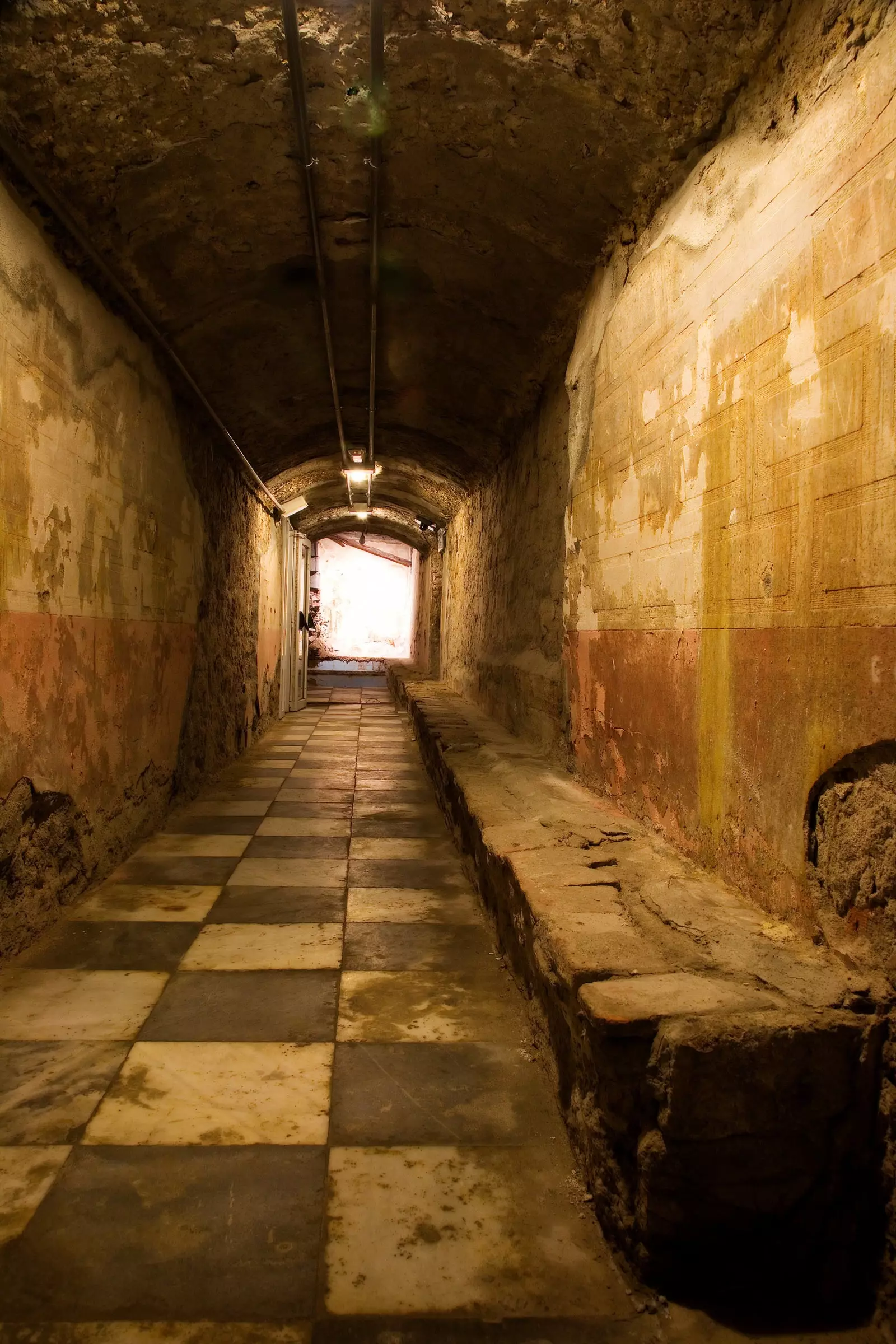
This underground engineering project remains standing almost a century after its construction.
At the beginning of the war conflict they had in mind to build this underground network (as other cities such as Murcia, Alicante and Valencia had done), but the lack of resources delayed its start-up for several months. It was the 1937 attacks that accelerated the process of its creation, which became the main priority.
The commission went to the hands of the Spanish architect Guillermo Langle Rubio who had the help of the engineers José Fornieles (Caminos) and Carlos Fernández (Minas). “It was conceived as a unitary project of great rationality and where the forms are intimately linked to the functions that are intended”, says Francisco Verdegay Flores.
Shelter entrances were scattered throughout the city (a total of 101 entries were counted), no more than 100 meters away from each other and they were of a public nature (in the street) or private (in houses, public buildings or in parishes). Many of the houses warned with posters and opened the doors of their homes to anyone who wanted to go down their 1.30 meter wide stairs through their homes.
The objective? Protect the 50,000 inhabitants that Almería had at that time (40,000 in the shelters and the remaining 10,000 in the cave dwellings and mines that already existed at that time).
These 4,500 meters of underground passageways They were made up of two types of galleries: the refuge-galleries, with a width of up to two meters where people could even sit on benches, and the connection-galleries, which had a more limited capacity with a narrower surface.
In addition, during the bombardments, the shelters served to reassure the population at night. Langle himself, like thousands of other people from Almería, traveled kilometers at sunset with his family to sleep on the outskirts of the city so that the enemy's attacks would not catch them off guard during the night. Once the shelters were built, he took the opportunity to make his own private room just below his house.
once down It was not allowed to smoke, nor to carry weapons and a respectful code of conduct had to be followed with the rest of the people with whom the space was shared. War and political ideals remained on the surface to avoid greater evils.
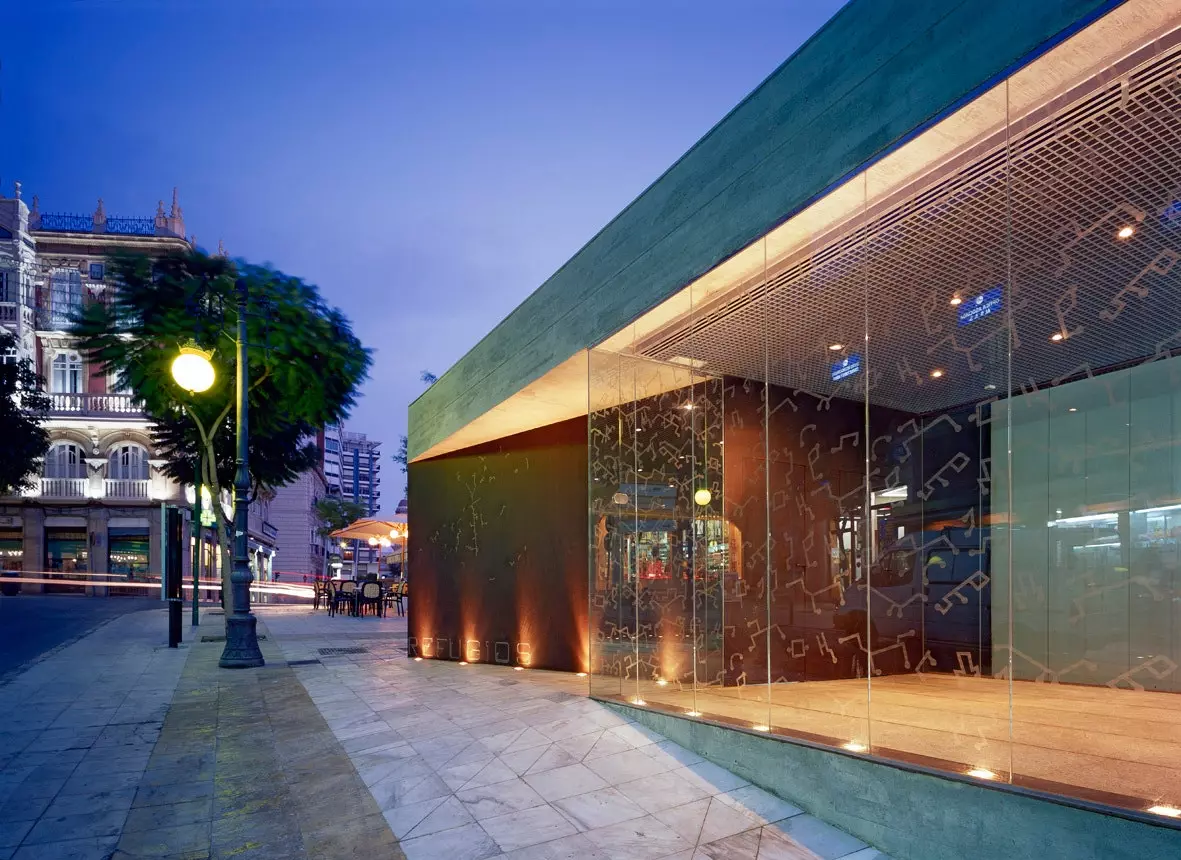
Access to the Shelters of the Civil War, in Almería.
THE PASSAGE FROM SHELTER TO MUSEUM
When the Spanish Civil War ended on April 1, 1939, and as Francisco Verdegay indicates in the document that includes the musealization project for the refuges of Almería: “these they lost their usefulness and the accesses were camouflaged and closed by rationalist kiosks also created by the architect Guillermo Langle”.
Over the years these underground galleries they fell into oblivion until in 2001 they found the passageways when carrying out works in the city. "Discovering this heritage was like finding a hidden treasure, a real surprise for the vast majority of Almeria residents," says the Vice President of Friends of the Alcazaba.
A few years later, from 2005 to 2006, thanks to the initiative of the Almería City Council, through the Economic Development, Employment and Tourism area, a a great work of conditioning and restructuring of the complex.
The work was entrusted to the architect José Ángel Ferrer and 965 meters of the existing 4,500 were recovered. "A task that was very difficult due to the characteristics of the shelters and the deterioration in which they were found," says Francisco Verdegay.
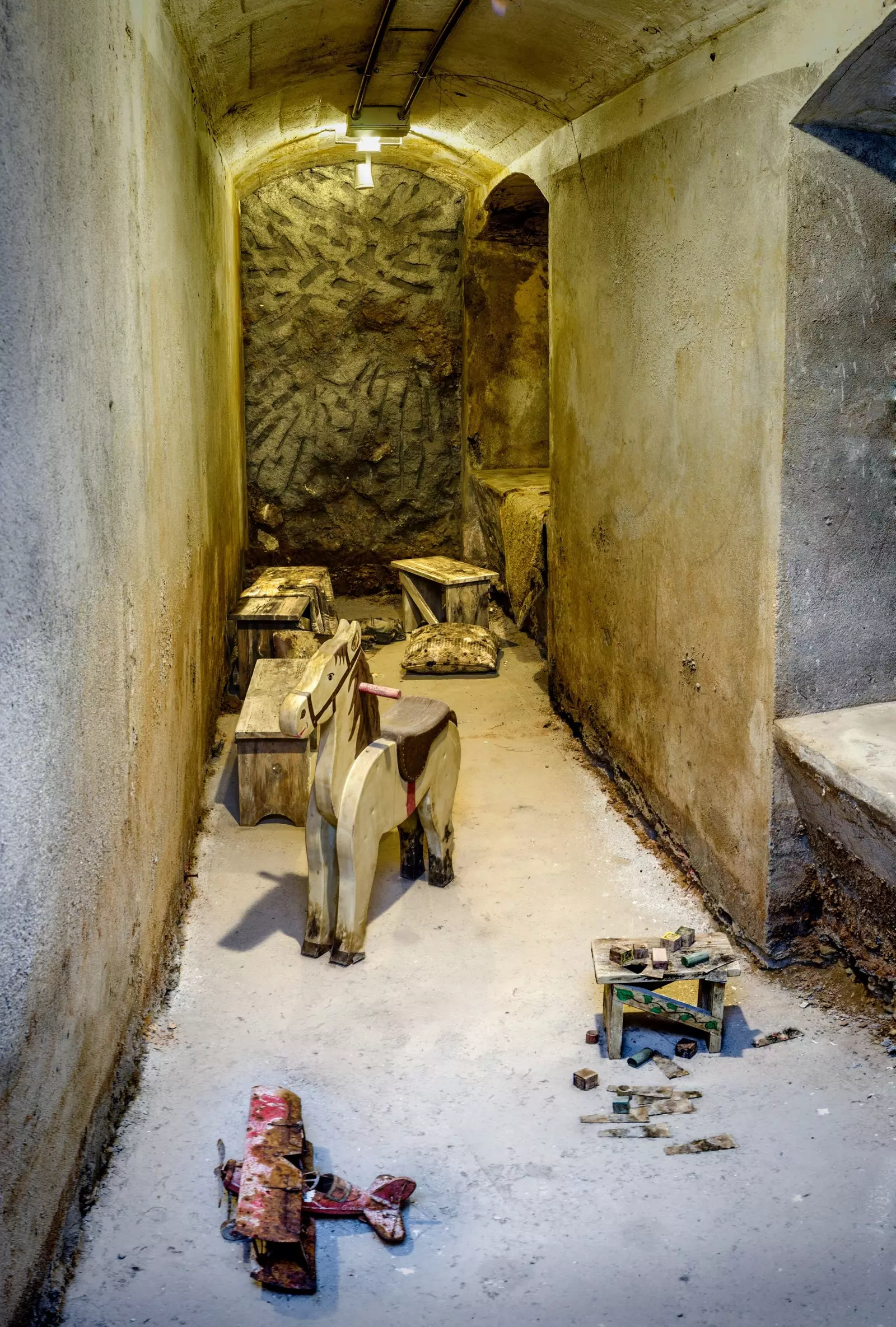
It is impressive to see what the nursery was like.
INSIDE
What are we going to be able to find once we go down to the underground area? exist three differentiated musealized spaces: the warehouse, Langle's private room and the operating room. The latter was built in May 1938 also by Langle himself with the intention of intervening, if necessary, on patients who needed it while the bombing or the attack on civilians lasted. In this space still you can see the recreation of the surgical material typical of the time, without a doubt one of the places that attracts the most attention to the visitor.
In addition to these three galleries, the magic of the shelters lies in their passageways and in the long underground corridors. “Naturally, it takes you, without artifice of any kind, to a historical time and to the suffering that war entails for the civilian population, for normal people, who only know about war, nothing more than its consequences, its pain,” he says. Francisco Verdegay.
“Personally, it moves me to see those very long galleries when there is nobody there, when they are deserted of visitors and in complete silence,” he continues. An authentic historical and engineering jewel that everyone should know, care for, promote and that it is worth witnessing it, living it in the first person.
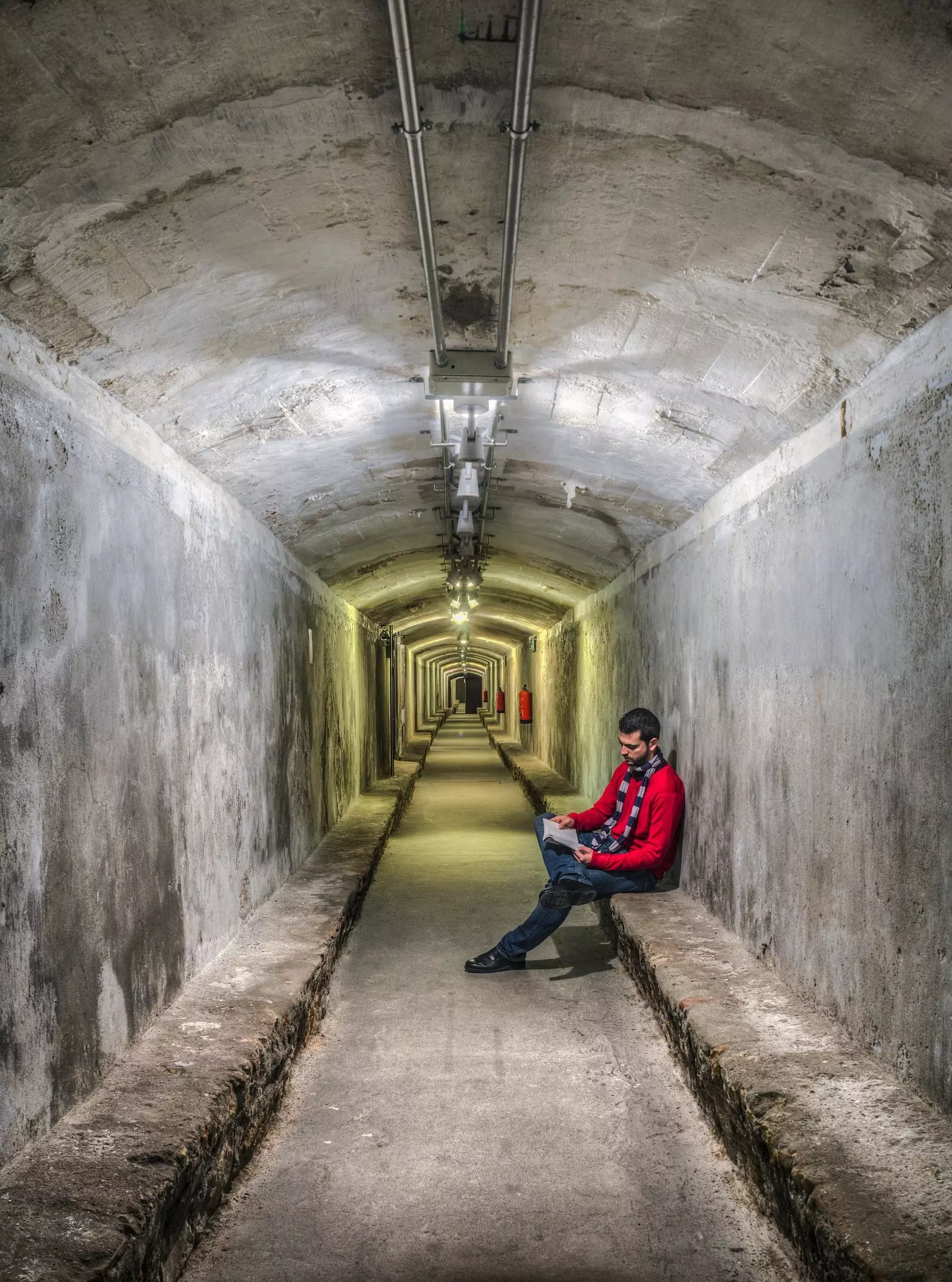
Its magic lies in its passageways and in the long underground corridors.
THE KIOSKS, THE ENTRANCE CAMOUFLAGED AS STREET FURNITURE
Once on the surface, when walking through the city we find the so-called rationalist kiosks. As we have indicated a few lines above, these were built to camouflage shelter entrances, given the impossibility of knowing exactly if at some future time they were going to be used again in the face of the imminent Second World War that was approaching.
Langle in these structures he united functionality with the simple aesthetics of rationalism, creating a brilliant game of volumes. Over the years these were disappearing and their purpose in the city was even forgotten, although we can still witness two of them that are almost intact: the one in Plaza Urrutia and the one in Calle Conde Ofelia.
So the next time you walk past one of them, you'll know that They are much more than a shift kiosk, but underground was the access to the salvation of 40,000 Almerian lives during the Spanish Civil War.
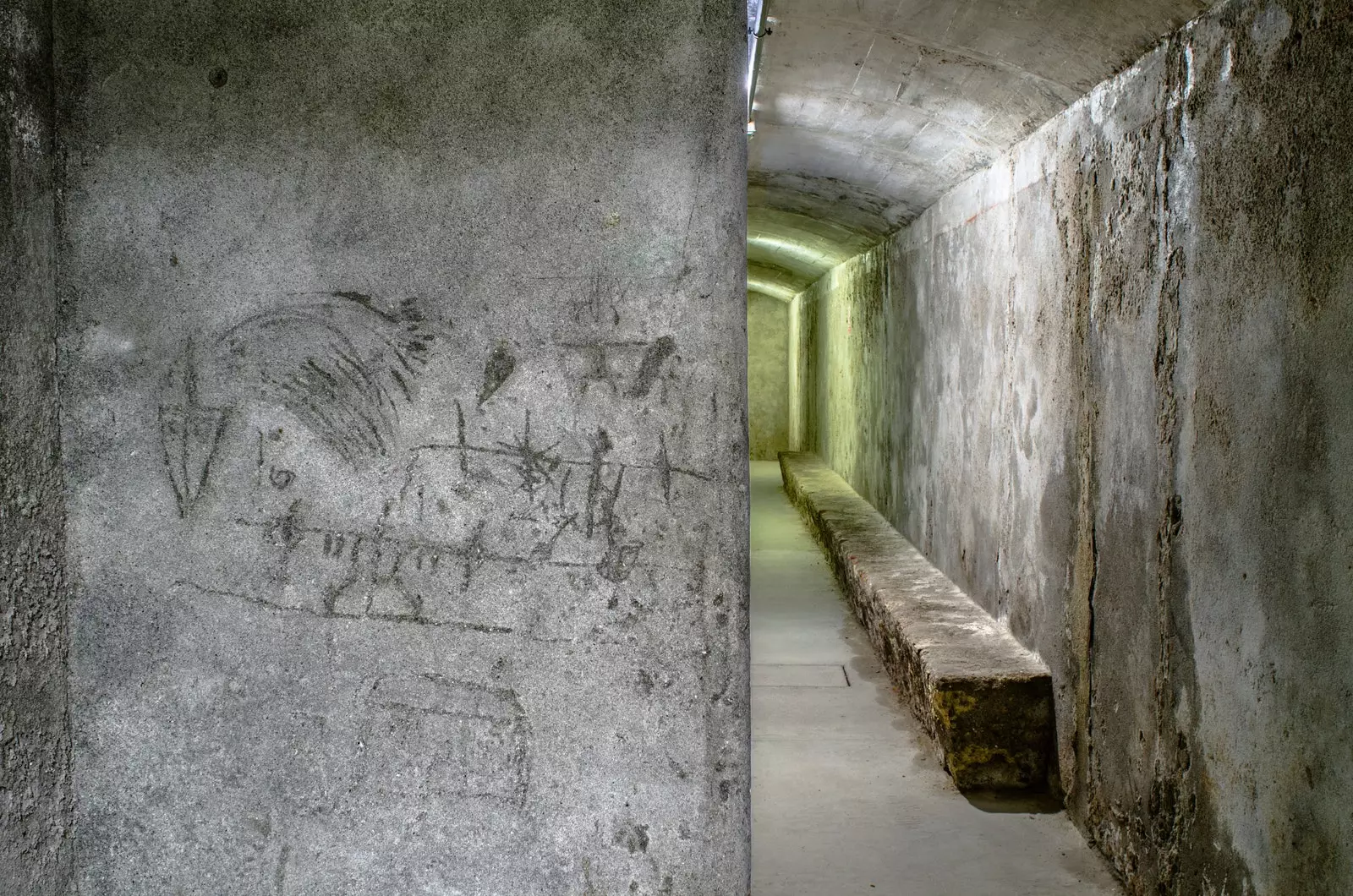
Drawings on one of the walls of the Civil War Shelters, in Almería.
REMEMBER OUR PAST TO LOOK TO THE FUTURE
As in Germany during the Second World War, whether in the Auschwitz concentration camp or in one of the hundreds of monuments that are scattered around Berlin as a reminder of one of the hardest and most tragic moments of the last century, in Spain we should also remember, protect and disclose any property or place of historical memory.
“The refuges of Almería are a extraordinary testimony of the meaning of war, of the price paid by the civilian population for wars, that makes no distinctions between its victims, neither by age, nor by sex, nor by ideas. Spreading all this is not only remembering our past but also a lesson for the future”, recalls Francisco Verdegay.
At the beginning of the visit, an introductory video is projected with testimonies from people who lived through the war and, as Antonio J. Sánchez Zapata, guide to the shelters, tells us, there is a phrase that says “I don't forget it, it stays with me. Nor should we forget it, so that it does not happen again." You can say higher, but not clearer.
From the Shelters of the Civil War of Almería they remind us: “To all those people who are interested in coming to discover this monument, we recommend that you Get your tickets as far in advance as possible. because due to the Covid-19 the capacity of guided tours has been greatly reduced, with which it is difficult to find availability if they try to buy them the same day they want to visit it”, indicates Antonio J. Sánchez Zapata.
So now you know, if this summer you drop by the wonderful [beaches of the Cabo de Gata-Níjar Natural Park,]( https://www.traveler.es/naturaleza/articulos/mejor-playa-de-cabo- de-gata-cala-raja-how-to-arrive/12932) why not do it for this historical jewel of the city of Almería. You will not regret!
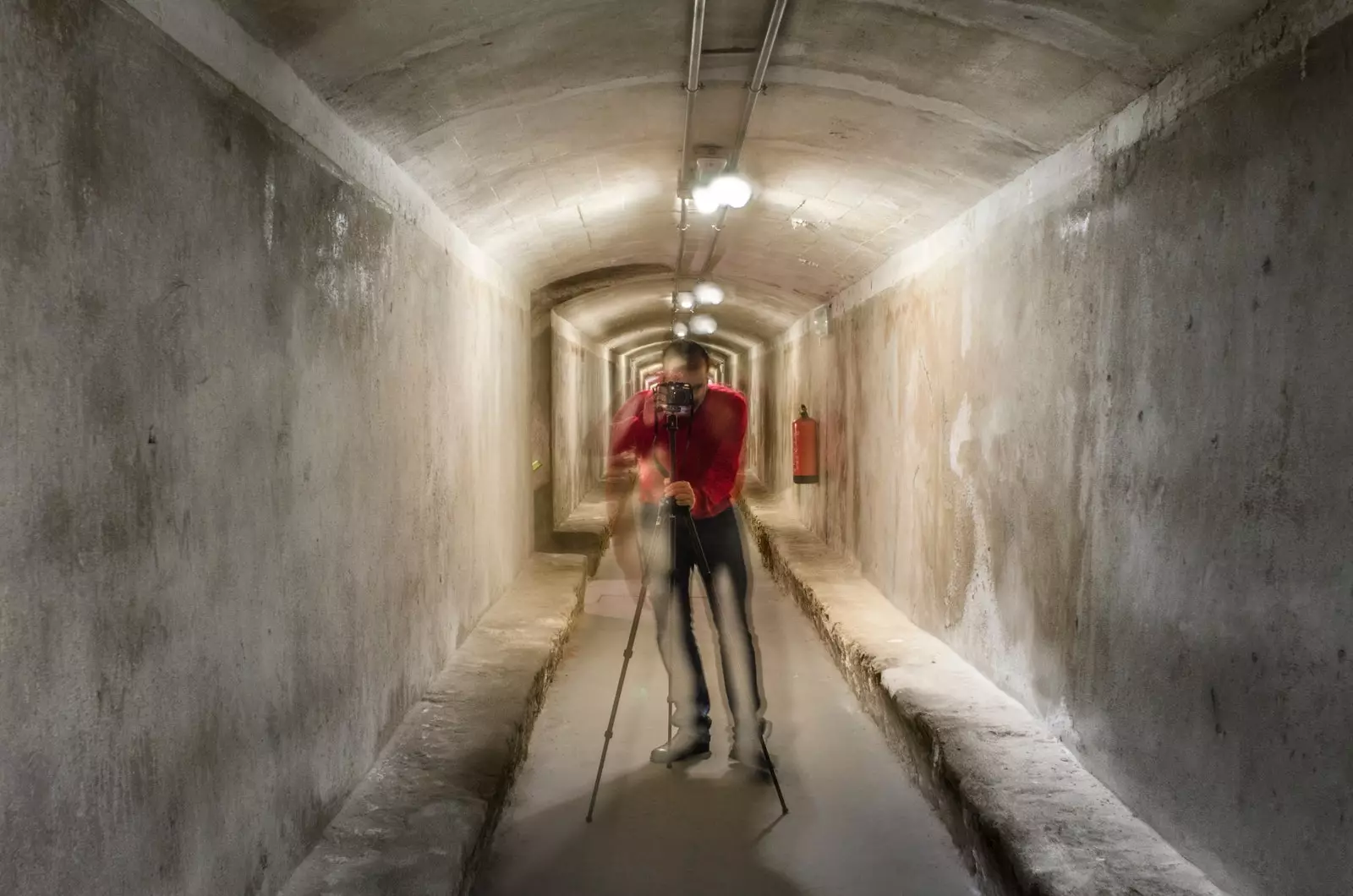
You have to look to the past to face the future.
Schedule: Summer hours: From June 1 to September 30: Tuesday to Sunday from 10:30 a.m. to 1:30 p.m. Guided tours at 10:30 a.m. and 12:00 p.m. Friday and Saturday from 6:00 p.m. to 9:00 p.m. Guided tours at 6:00 p.m. and 7:30 p.m. From August 1 to September 15: Tuesday, Wednesday and Thursday from 6:00 p.m. to 9:00 p.m.
Additional schedule information: Closed Monday
Half price: General admission: €3 / Reduced admission: €2
